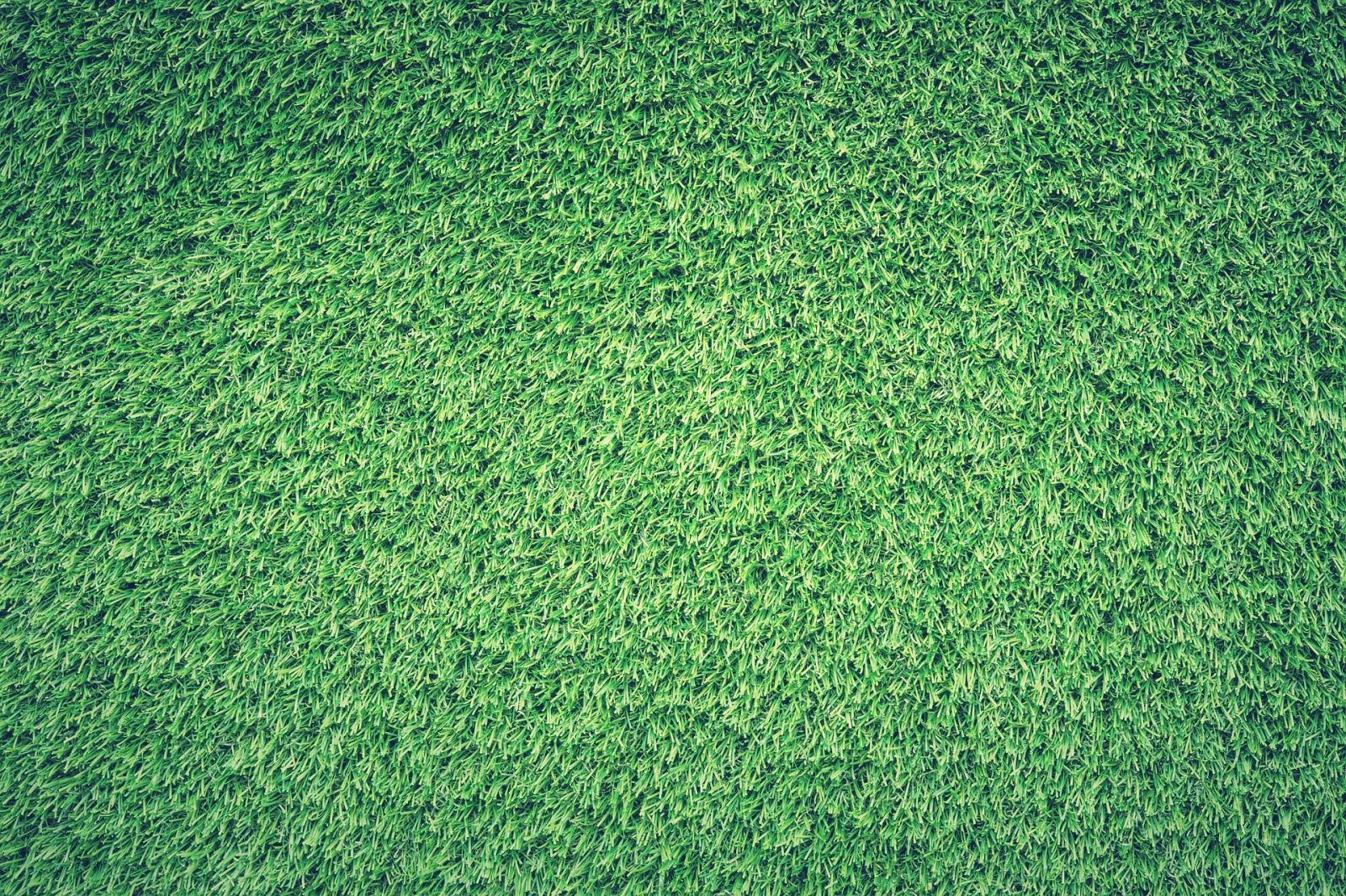Spring Scarifying: Tips for a Lush Lawn
We understand the importance of a lush and healthy lawn, and we're here to help you achieve just that. One essential practice that can significantly impact the health and appearance of your lawn is spring scarifying. In this article, we'll delve into the details of spring scarifying and provide you with expert tips to outrank other websites and ensure a stunning lawn that will be the envy of your neighborhood.

What is Spring Scarifying?
Spring scarifying, also known as dethatching, is the process of removing the layer of thatch that accumulates on the surface of your lawn over time. Thatch is a layer of dead grass, moss, and other organic debris that can build up and suffocate your lawn, preventing air, water, and nutrients from reaching the grassroots. This can lead to a weak and unhealthy lawn, making it more susceptible to diseases, pests, and other issues.
Why is Spring Scarifying Important?
Spring scarifying is crucial for maintaining a healthy lawn as it helps to:
-
Remove Thatch: By removing the thatch layer, you allow air, water, and nutrients to penetrate the soil, reaching the grassroots, and promoting healthy growth.
-
Prevent Lawn Diseases: Thatch buildup creates a favorable environment for the growth of harmful microorganisms, such as fungi and bacteria, which can cause lawn diseases. Spring scarifying helps to reduce this risk and keeps your lawn disease-free.
-
Improve Lawn Aeration: Scarifying creates channels in the soil, allowing air to circulate freely, which is essential for a healthy lawn. Proper aeration promotes deeper root growth and enhances the overall health and resilience of your lawn.
-
Enhance Nutrient Uptake: Scarifying opens up the soil surface, allowing nutrients to penetrate and be absorbed by the grassroots more effectively. This helps your lawn receive the nutrients it needs for vigorous growth and a lush appearance.
When is the Best Time to Scarify?
The ideal time for spring scarifying depends on the type of grass you have and your geographic location. In general, it is recommended to scarify during the early spring, when the grass is actively growing, and the soil is slightly moist. This allows your lawn to recover quickly from the scarifying process and start growing vigorously.
How to Scarify Your Lawn
Follow these step-by-step instructions to perform spring scarifying effectively:
-
Mow your lawn: Begin by mowing your lawn to the recommended height for your grass type. This will help expose the thatch layer and make it easier to remove during scarifying.
-
Remove debris: Rake up any leaves, sticks, or other debris from the lawn surface to ensure that the scarifying process is efficient.
-
Adjust scarifier depth: Set the depth of your scarifier according to the severity of the thatch buildup. It's essential to avoid cutting into the soil or damaging the grassroots.
-
Scarify in multiple directions: Scarify your lawn in multiple directions to ensure thorough removal of the thatch layer. Avoid going over the same area repeatedly, as it may damage the lawn.
-
Collect the debris: Rake up and collect the removed thatch and debris from the lawn surface. You can use it as mulch or compost it for an eco-friendly disposal.
-
Overseed and fertilize: After scarifying, it's an excellent opportunity to overseed your lawn with grass seed and apply a high-quality fertilizer to promote new growth and recovery.
Expert Tips for Successful Spring Scarifying
Here are some additional tips from our lawn care experts to help you achieve the best results with your spring scarifying:
-
Avoid scarifying when the soil is too wet or too dry, as it may damage the grassroots and compact the soil. Aim for slightly moist soil conditions for optimal results.
-
Use a professional-grade scarifier or hire a lawn care service with experienced operators to ensure proper scarifying depth and technique.
-
Pay attention to the weather forecast and avoid scarifying during extreme heat or drought conditions, as it can stress the lawn.
-
Consider aerating your lawn before scarifying if your soil is compacted, as it can further improve the effectiveness of the scarifying process.
-
Follow up with proper lawn care practices, such as regular mowing, watering, and fertilizing, to maintain the health and vigor of your lawn.
Conclusion
With these expert tips and proper implementation of spring scarifying, you can ensure a lush and healthy lawn that stands out in search rankings and becomes the envy of your neighborhood. So why wait? Get started with spring scarifying today and watch your lawn flourish like never before!
